Mind the (Gender) Gap: Does Prolactin Exert Gender and/or Site-Specific Effects on the Human Hair Follicle?
March 2010
in “Journal of Investigative Dermatology”
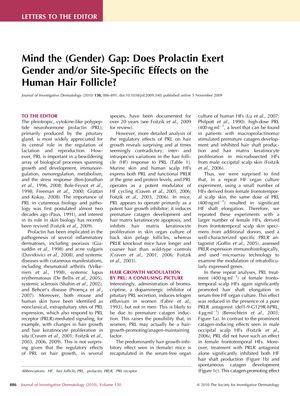
TLDR Prolactin may affect hair growth differently based on gender and scalp area.
The document from 2010 explores the complex effects of prolactin (PRL) on human hair follicles (HFs), suggesting that PRL may have different impacts on hair growth depending on gender and the location of the scalp. While PRL generally inhibits hair growth in mice and in male occipital scalp HFs, experiments indicated that high-dose PRL (400 ng ml-1) could promote hair shaft elongation in female frontotemporal scalp HFs. This promotion effect was reduced by a PRLR antagonist. The study implies that the response to PRL in human HFs is not uniform and may be influenced by factors such as gender and scalp location. The authors highlight the potential of using serum-free organ culture of HFs to further investigate these differences and suggest that variations in PRLR expression and signaling pathways could account for the observed variations. Microarray analysis revealed that genes are regulated differently by PRL in a gender- and site-specific manner, supporting the idea of tailored treatments for hair growth disorders based on these differences. However, the document does not provide the number of HFs or participants used in the study, which is crucial for evaluating the strength of the findings.
View this study on jidonline.org →
Cited in this study
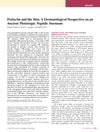
research Prolactin and the Skin: A Dermatological Perspective on an Ancient Pleiotropic Peptide Hormone
Prolactin affects hair growth and skin conditions, and could be a target for new skin disease treatments.
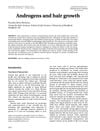
research Androgens and hair growth
Androgens can both increase and decrease hair growth in different parts of the body.
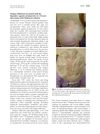
research Telogen effluvium associated with the dopamine agonist pramipexole in a 55-year-old woman with Parkinson's disease
A woman with Parkinson's disease experienced hair loss from the Parkinson's medication pramipexole, which improved after stopping the drug.
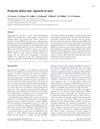
research Prolactin delays hair regrowth in mice
Prolactin slows down hair growth in mice.
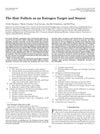
research The Hair Follicle as an Estrogen Target and Source
Estrogens significantly influence hair growth by interacting with receptors in hair follicles and may help regulate the hair growth cycle.
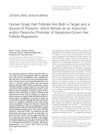
research Human Scalp Hair Follicles Are Both a Target and a Source of Prolactin, which Serves as an Autocrine and/or Paracrine Promoter of Apoptosis-Driven Hair Follicle Regression
Prolactin contributes to hair loss by promoting hair follicle shrinkage and cell death.
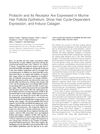
research Prolactin and Its Receptor Are Expressed in Murine Hair Follicle Epithelium, Show Hair Cycle-Dependent Expression, and Induce Catagen
Prolactin affects hair growth cycles and can cause early hair follicle regression.
research Prolactin Signaling Influences the Timing Mechanism of the Hair Follicle: Analysis of Hair Growth Cycles in Prolactin Receptor Knockout Mice*
Prolactin affects when mice shed and grow hair.
research The role of prolactin in the reactivation of hair follicles in relation to moulting in cashmere goats
Prolactin speeds up hair growth and moulting in cashmere goats.
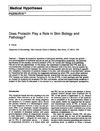
research Does prolactin play a role in skin biology and pathology?
Prolactin may be important for skin growth and immune function.